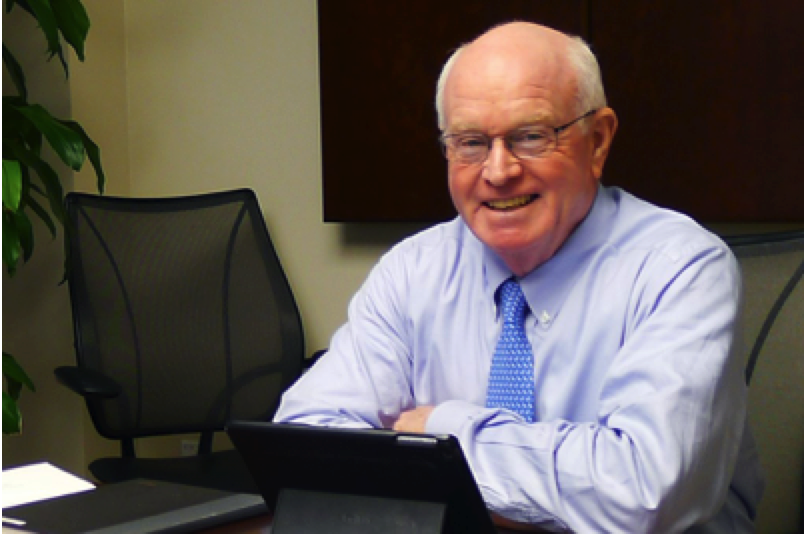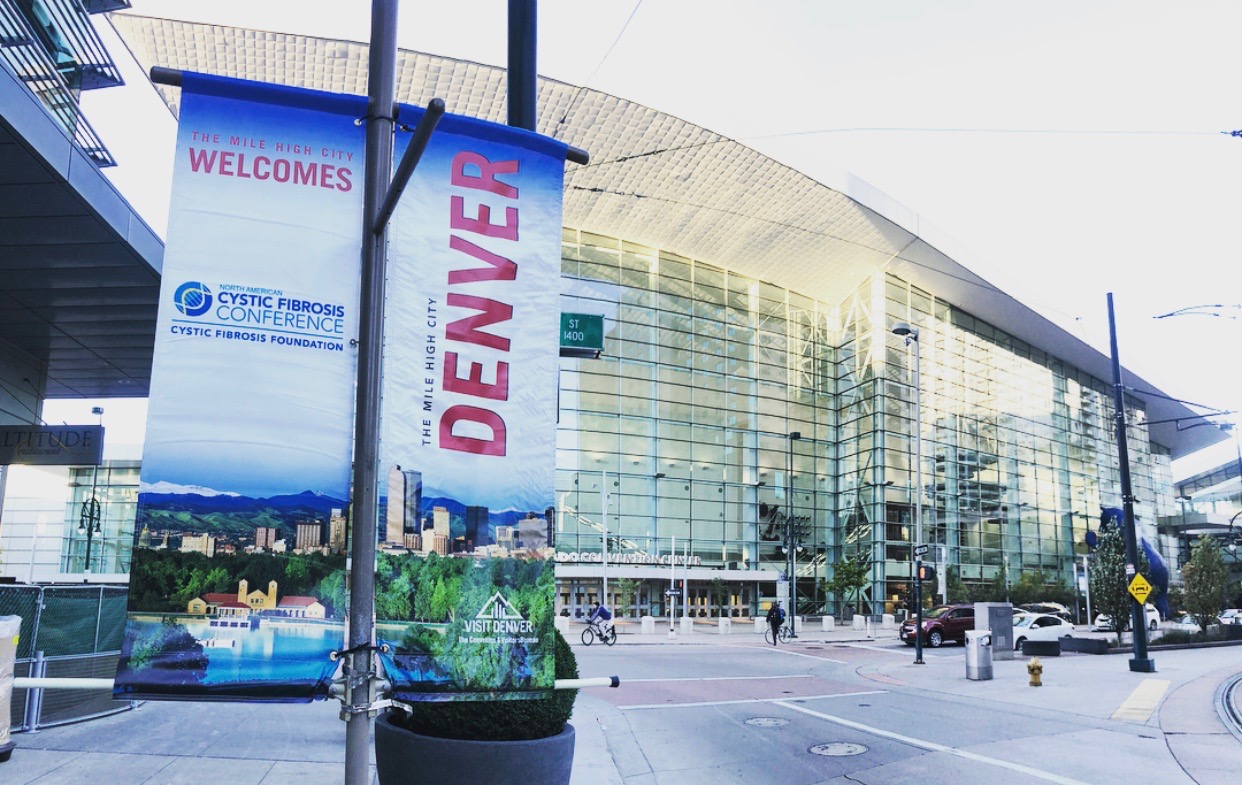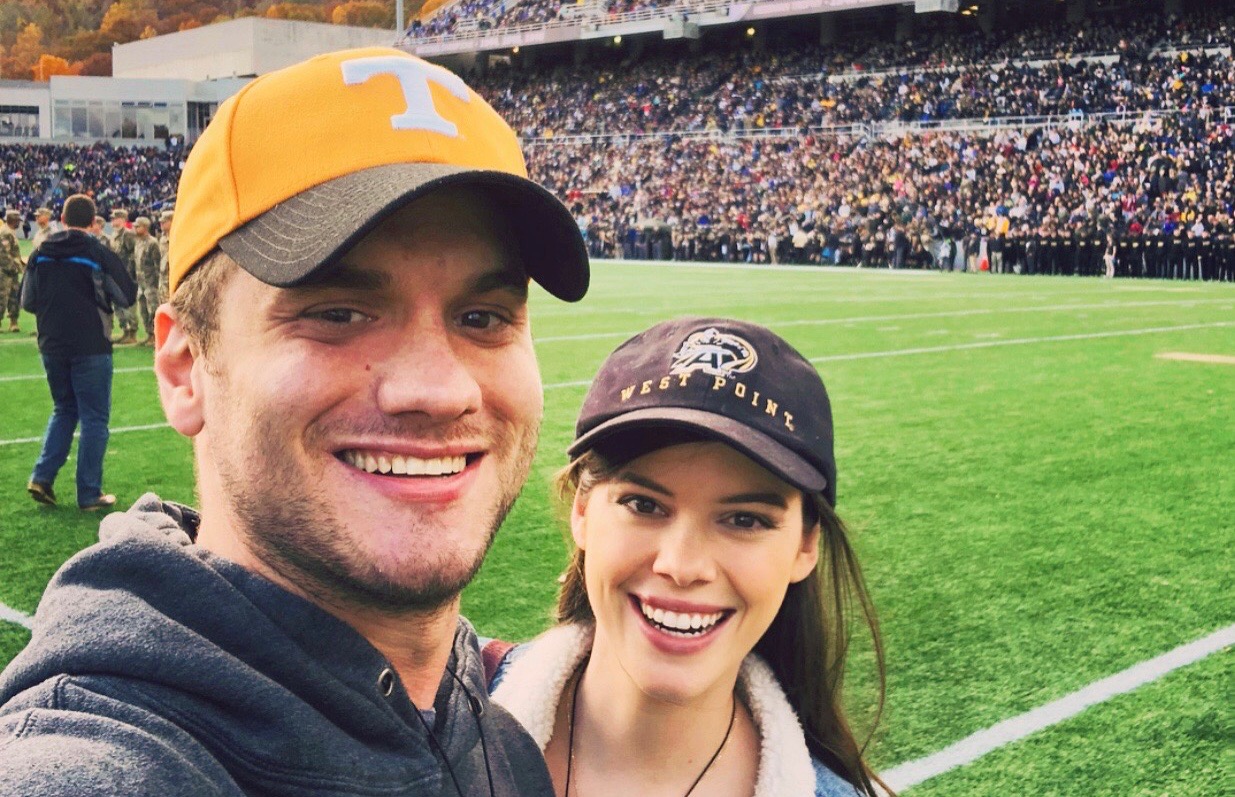Amy is back with another episode of Drug Development Wednesday. We hear the term “Venture Philanthropy” thrown around in the cystic fibrosis community…. so what is it?
So I’m actually not one of those CFer’s who is grateful to have CF. I would prefer not to have all the extra stuff that comes with having a chronic, progressive disease, thankyouverymuch. Hats off to you if you are one of those folks, but it’s not my thing.
BUT… I am grateful that of all orphan diseases, I have CF. You should be too. And here’s the why: The American Cystic Fibrosis Foundation invented venture philanthropy. No exaggeration – even Harvard Business School has a case study about the CFF and how breakthrough this business model is. Are you one of the nearly 50% of all CFer’s with a CFTR modulator for your mutations? Thank venture philanthropy.
The story behind venture philanthropy is so incredible, I’m dedicating a whole blog to it.
When Dr. Robert Beall became the CEO of the American Cystic Fibrosis Foundation in 1994, “he was impatient for progress” in the quest to find medications to treat CF. At this point in time, the CFF had spent decades searching for drugs to dramatically alter the course of CF – but results simply weren’t there. Something needed to change; a breakthrough was needed to ensure that effective medications were in the hands of CFer’s sooner rather than later.
You see, traditionally, non-profits have tried to develop orphan disease medications through a partnership with academia or via government institutions. These charities would basically give money to conduct research and eventually with the hope they would develop medications for diseases that weren’t getting enough attention from pharmaceutical companies. Why weren’t pharmaceutical companies interested in conducting research on orphan diseases?
With an average cost of $2.6 billion to bring a new drug to the market (in 2018 dollars), it’s no mystery why a drug company would rather put the money towards developing a medication for elevated cholesterol with a market of tens of millions of prospective patients. Why would a pharmaceutical company skip over a lucrative market of millions of patients and instead opt to conduct risky drug research for a disease such a cystic fibrosis with only 70,000 patients worldwide? It makes no financial sense.
So, around the turn of the millennium, Dr. Beall and the American CFF board decided to take the mother of all risks and go where no non-profit had ever gone before – to partner with pharmaceutical companies. A HUGE gamble that had never been done before. The old adage rang true – if you want results you’ve never had before, you’re going to have to try something you haven’t done before.
“We have to take the risk,” Dr. Beall said. “We have a responsibility for our patients’ destiny.”
In an attempt to find medications to treat and ultimately cure CF, “the Foundation would fund for-profit companies to research the disease rather than scatter grants among academic labs.” Beall wanted to apply venture capital principles to drug development —”funding high-risk, high-reward, early-stage treatments—to the singular goal of a cure for CF.”
This new model of drug development was called venture philanthropy – and the CFF in the US was at the forefront. American families and friends of people with cystic fibrosis raised millions of dollars over many decades – and their donations were going to serve as the backbone of CF drug innovation.
“We were so excited about Dr. Beall and what he was doing back then. At that time, there wasn’t very much hope for anything. So when he came up with this new idea, it felt like there was some hope because at least something was being tried.” My amazing 62-year-old mom, who has been in this fight for 37 years by my side. <3
With this new model in mind, and despite millions of dollars ready to give, Dr. Beall cold called drug company after drug company to find a partner in the quest to cure CF and he hit nothing but walls. There were no takers – except one. Nobel Prize-winning chemist Roger Tsien of Aurora Biosciences [later purchased by Vertex pharmaceuticals].[1]
Dr. Beall’s business model idea “was largely dismissed as both a long shot medically and, given the relatively small upstream rewards, just not worth the investment – a black hole, scientifically and financially; a hobbyhorse for Beall.”[2]
What’s more, the Michael J. Fox Foundation, the Leukemia & Lymphoma Society and Juvenile Diabetes Research Foundation are all modeling themselves after the American CFF. How can you not love that the CFF has paved the way for other patients to one day receive the game-changing treatments that they need?
It’s not hard to take for granted where we are in 2018 with Kalydeco, Orkambi and Symdeko (and hopefully in 2019, a triple combo). We could have so easily had an orphan disease where not a single drug has been developed and the hope of new treatment won’t come for generations. Some orphan diseases don’t even have a known cause. “Just a few hundred of the 6,800 rare diseases have treatments. At most, the FDA approves only a few dozen new drugs each year.”
How fortunate are we in the CF community that we had Dr. Beall with the vision, the courage, and the tenacity to knock on door after door, make phone call after phone call until he found someone willing to take a chance on our little orphan disease? Dr. Beall could have worked for any number of other orphan disease non-profits, and those diseases could have been light years ahead of CF research with Dr. Beall’s vision for drug development; but instead, he worked for CF and set in motion the groundwork for Kalydeco, Orkambi and Symdeko that benefit so many today.
What if nobel Prize-winning chemist Roger Tsien didn’t see the venture philanthropy vision? Where would our health be? “Without the CFF funding, Vertex [formerly Aurora Biosciences] would not be in CF. No company would be. Not even the richest could afford it.” [3]
What’s really exciting is that drug development and research, of course, isn’t ending with Vertex. Progress is occurring in all aspects of CF, as resources continue to accumulate and attention focuses on what the American CFF has already accomplished. The CFF met with 140 companies in 2017 and partnerships from 6 in 2012 to 39 in 2017 — and the foundation will perform at least 50 clinical trials this year.
Would I love it if we all didn’t have CF? Of course. But are we fortunate beyond measure to be the benefactors of Dr. Beall, the American CFF, BEF, Dr. Tsien and their venture philanthropy collaboration? Absolutely. And don’t forget the American families and friends of CF patients who are currently in their 20s, 30s, 40s, 50s and beyond who worked tirelessly, often without much hope, to raise the money to fund the partnership with Aurora Biosciences in the 90s. Every time you pop your Kalydeco, Orkambi or Symdeko, say a little thank you under your breath for these amazing folks – we have much better health thanks to them. Fight On!
The views expressed on any guest column [Drug Development Wednesday], are that of guest contributors, and not necessarily those of Gunnar Esiason or the Boomer Esiason Foundation. Nothing in guest columns should be considered medical advice; such advice can only be given by a physician who is experienced with cystic fibrosis. The Boomer Esiason Foundation, Gunnar Esiason, and guests cannot be held responsible for any damage which may result from using the information on this website without the permission of your medical doctor.
[1] Werth, Barry. The Antecdote. New York: Simon & Schuster, 2014. Print.
[2]Werth, Barry. The Antecdote. New York: Simon & Schuster, 2014. Print.
[3] Werth, Barry. The Antecdote. New York: Simon & Schuster, 2014. Print.






